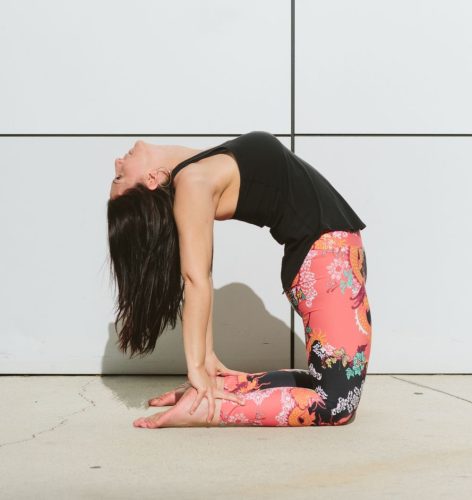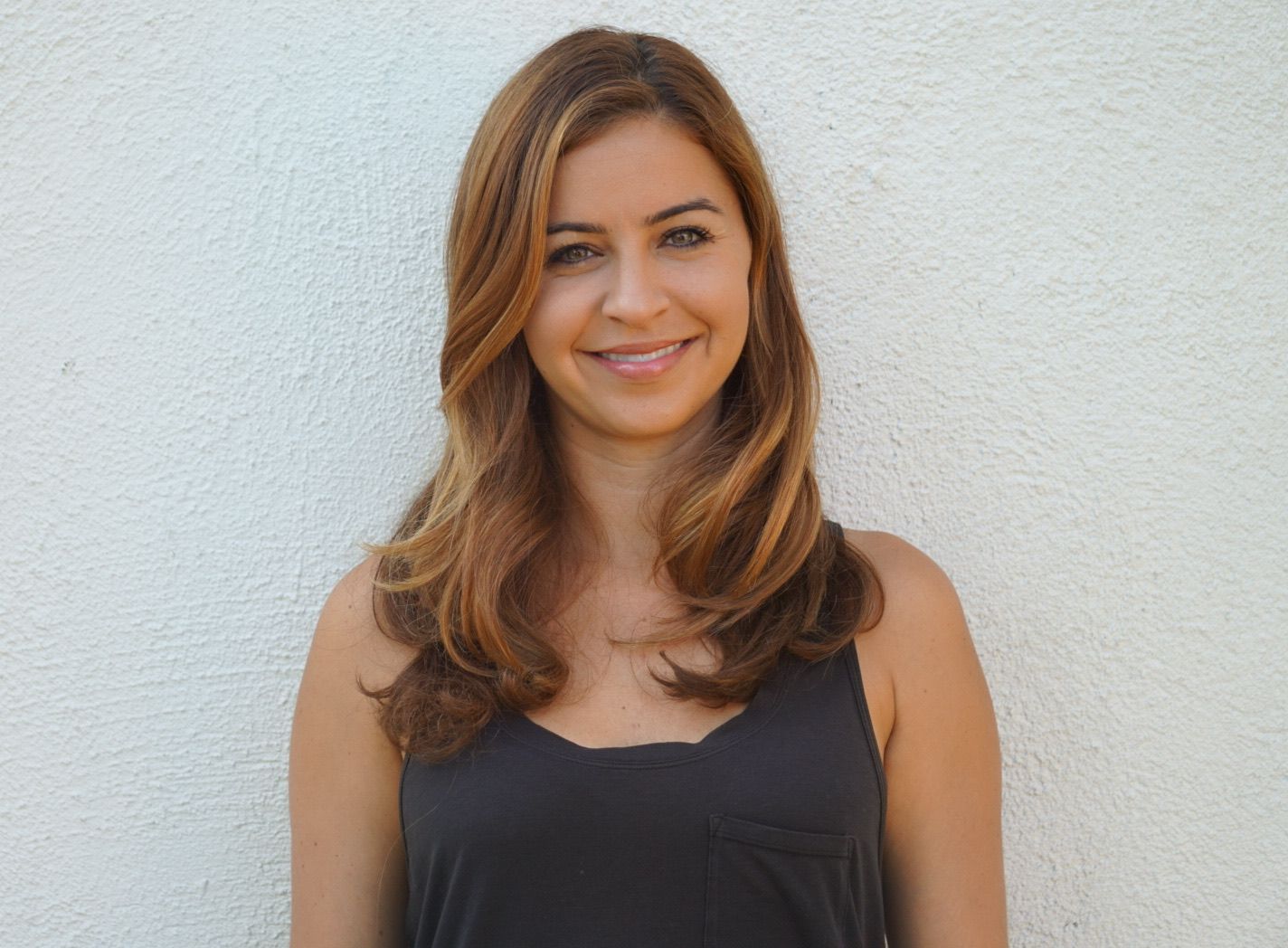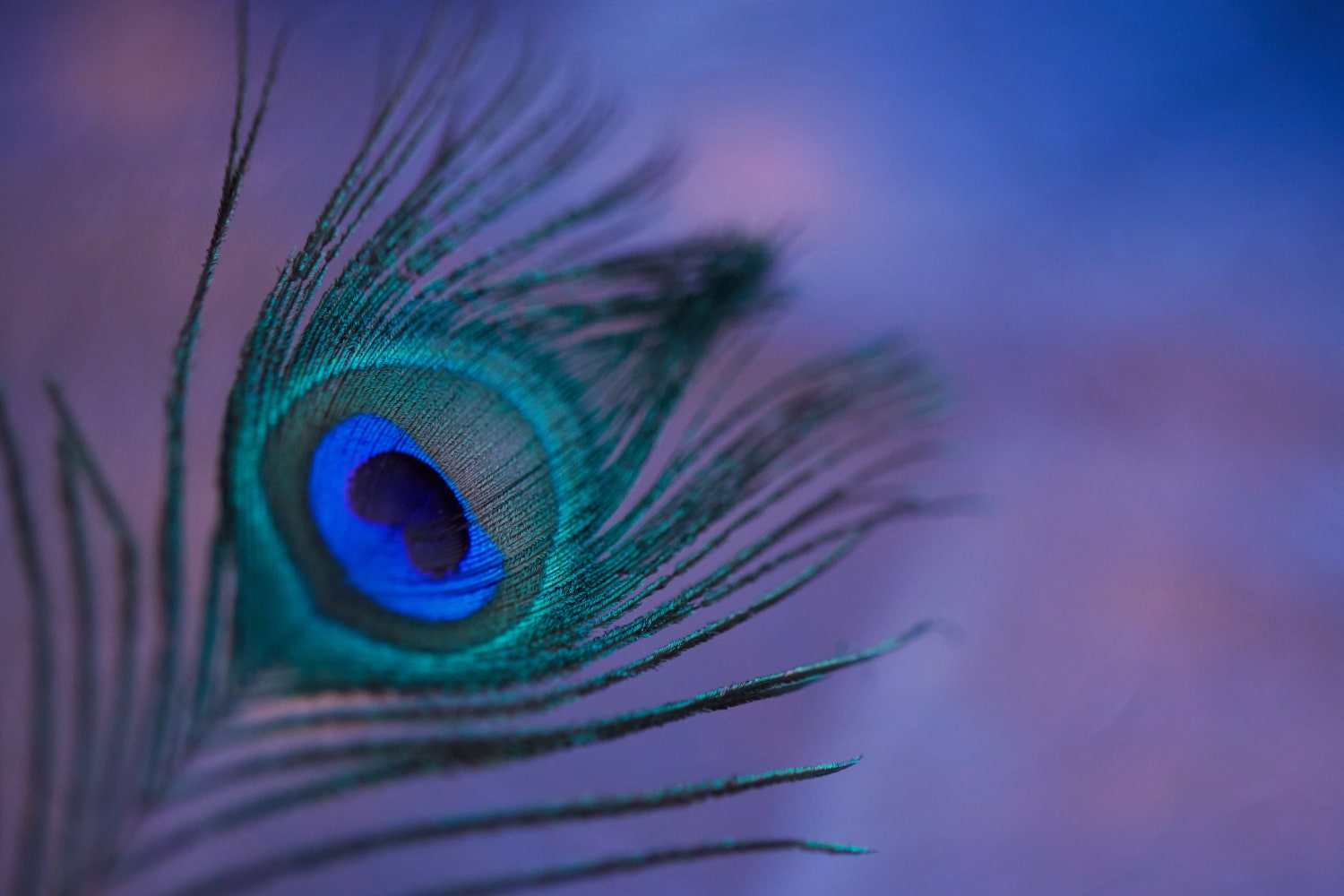“Backbends help you open your heart.” The first time I heard this in a yoga class was in 2002. I was an emotional wreck and early in my addiction recovery. The teacher was demonstrating bow pose and spoke about “allowing the heart to lead the way into the posture.” After doing bow pose several times, I went into the studio bathroom and cried what felt like a thousand tears. In that moment of my life, I needed to be told to “let my heart lead the way.” I needed permission to open up to the compassion and kindness that my heart longed for. Addiction is lonely and ugly business. I was starved for beauty and connection.
Perhaps because of that initial experience way back when, it seems that every time that I do backbends, I emotionally feel a sense of openness. Colors seem a little brighter, and the world feels a little softer. After years of not being able to explain this post-backbend feeling, I came across a Scientific American article published in 2009 that spoke about the vagus nerve and its role in creating feelings of altruism: compassion, gratitude, love, and happiness. Reading this sent me on a meandering path to learning about the vagus nerve, vagal tone, and their impact on our emotions. In the end, I felt like I had a better understanding of what was happening on a physical level in back-bending postures that could lead to my distinct feelings of openness.
So, what is the vagus nerve and vagal tone?
The vagus nerve is the longest of the cranial nerves that emanate from the brain and the main nerve of the parasympathetic nervous system. Originating at the brain stem, this nerve travels down the face and throat, through the chest and thorax, ending in the deep abdomen. This nerve transmits information to or from the brain to tissues and organs located in other parts of the body.
According to Medical News Today, its primary functions concerning the central nervous system are:
- Communication between the brain and the gut: The vagus nerve is like a telephone line between the gut and brain. Ninety percent of serotonin (one of our primary stress-relieving hormones) is produced in the gut.
- Relaxation with deep breathing: The vagus nerve controls heart-rate variability and lowers the heart rate and blood pressure with the process of exhalation.
- Decreasing inflammation in the body’s tissues: The vagus nerve reduces the production of pro-inflammatory cytokines (proteins that produce inflammation in the organs and tissues).
- Management of the “fight or flight” response: Fight or flight causes your body to pour the stress hormones cortisol and adrenaline into your body. By releasing acetylcholine (a neurotransmitter chemical that allows muscles to relax), the vagus nerve tells your body to relax.
Vagal tone refers to the ability of the vagus nerve to do its job or perform its primary functions. When vagal tone is low, people often experience elevated stress, anxiety, sluggish digestion, inflammation in the joints and tissues of the body, impaired concentration, and depression. To improve vagal tone, several medical websites describe Vagal Nerve Stimulation (VNS), a method that involves placing electrodes in the neck and chest that attach to the nerve, and send electrical impulses to it. I found this fascinating – while I cannot say that backbends are sending electrical currents to the neck and chest, I can say with confidence that they are opening the musculature of the neck and chest. Deep breathing is a non-invasive technique that can stimulate the vagus nerve. It improves its function by lowering heart rate variability and taking the nervous system out of fight or flight response.
In terms of the correlation between yoga practice and vagal tone, one study published in the Evidence-Based Complementary and Alternative Medicine Journal investigated cardiac vagal modulation during yoga. In 2007, 11 Iyengar practitioners were asked to perform 90 minutes of yoga and relaxation techniques weekly. Twice a week, they practiced B.K.S. Iyengar’s sequence for cardiac patients, which was comprised of 18 postures, 11 of which were backbends. The other sessions during the week consisted of other yoga postures, breathing practices, and relaxation techniques. Cardiac vagal tone was measured before, during, and after each session. “This study demonstrates that relaxation by yoga training is associated with a significant increase in cardiac vagal modulation among healthy yoga practitioners. Since this method is easy to apply with no side effects and leads to a deep physical and mental relaxation, it could be a suitable intervention during cardiac rehabilitation to shift the autonomic balance towards an increase of vagal activity and possibly decrease cardiac mortality.”
The jury is still out as to whether backbends specifically illicit altruistic feelings, but the evidence I found on my quest suggest a direct correlation between activating the vagus nerve and feelings of well-being. Research further indicates that yoga postures and deep breathing are beneficial tools for vagus nerve activation and increased vagal tone. My hope is that one day a study will be explicitly compiled on the physio-emotional benefits of back-bending postures, because I do think there’s something special about them. Until then, I’ll just keep practicing.














2 replies on “Open Your Heart: Understanding Backbends and The Vagus Nerve”
Thank you for the article, Noel, it explains well what I’ve been experiencing literally just today.
Really enjoyed this article on the vagus nerve and opening the heart! For the first half of my life I don’t think I knew what ‘opening the heart’ meant, just like I did not know what was at the produce section of the grocery store.
I find your openness about past difficulty to add authenticity and reminds me of this passage from ‘The Book of Awakening’ by Mark Nepo:
“When we bare our inwardness fully, exposing our strengths and frailties alike, we discover a kinship in all living things, and from this kinship a kindness moves through us and between us. The mystery is that being authentic is the only thing that reveals to us our kinship with life… Only in being this authentic can real kinship be known and real kindness released.”